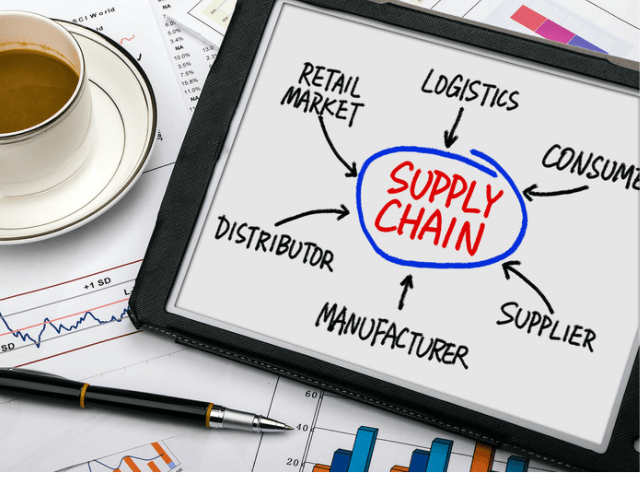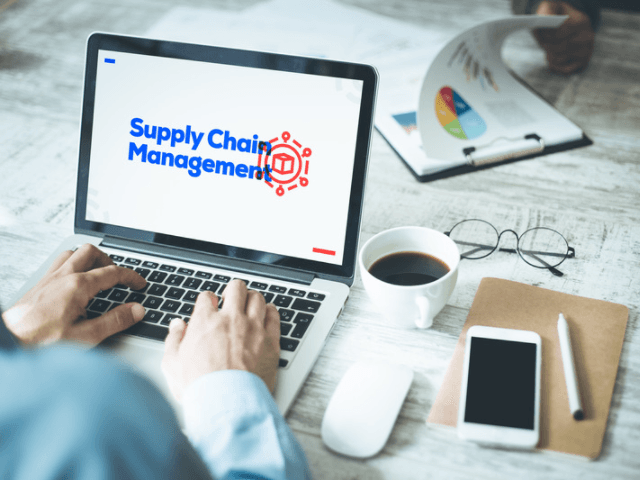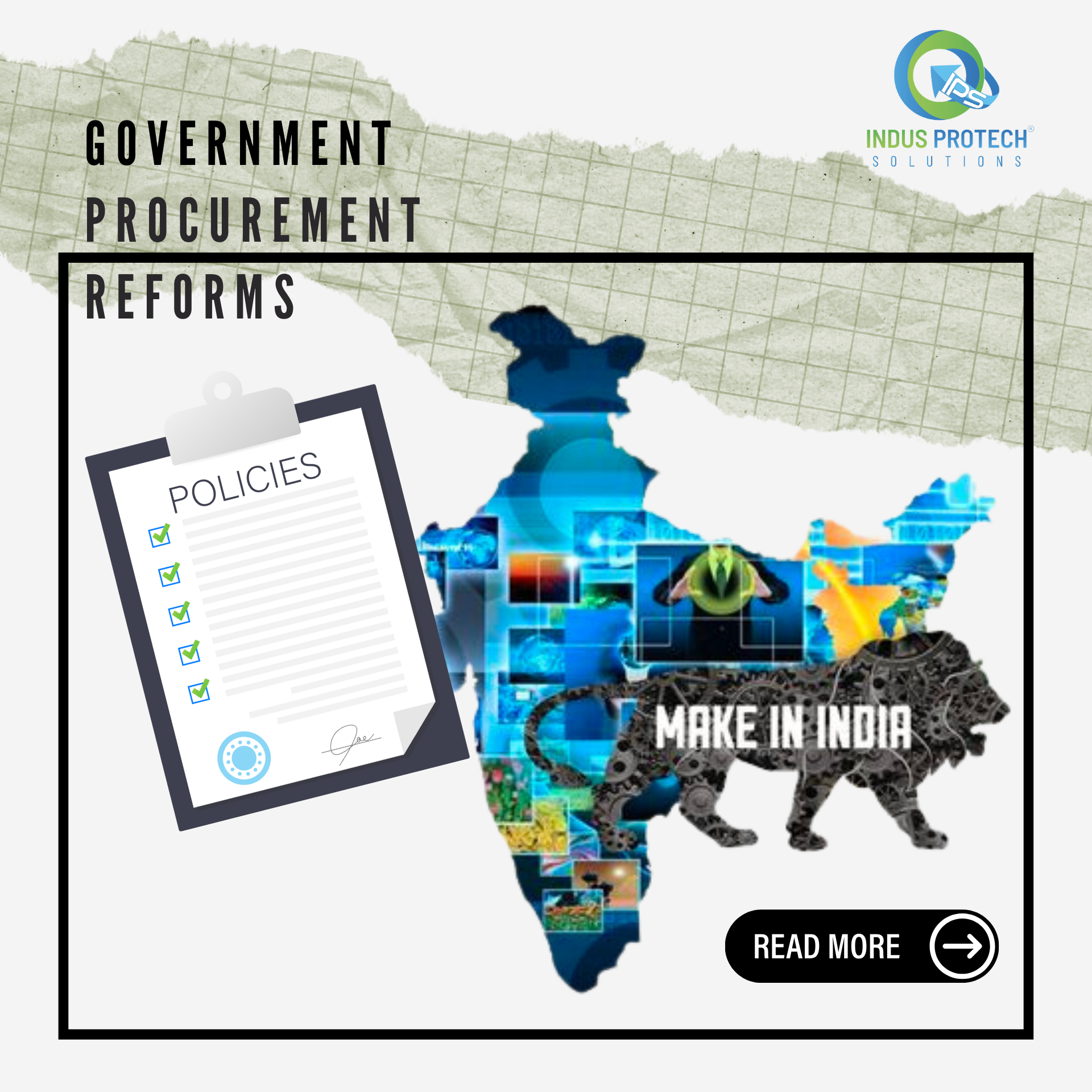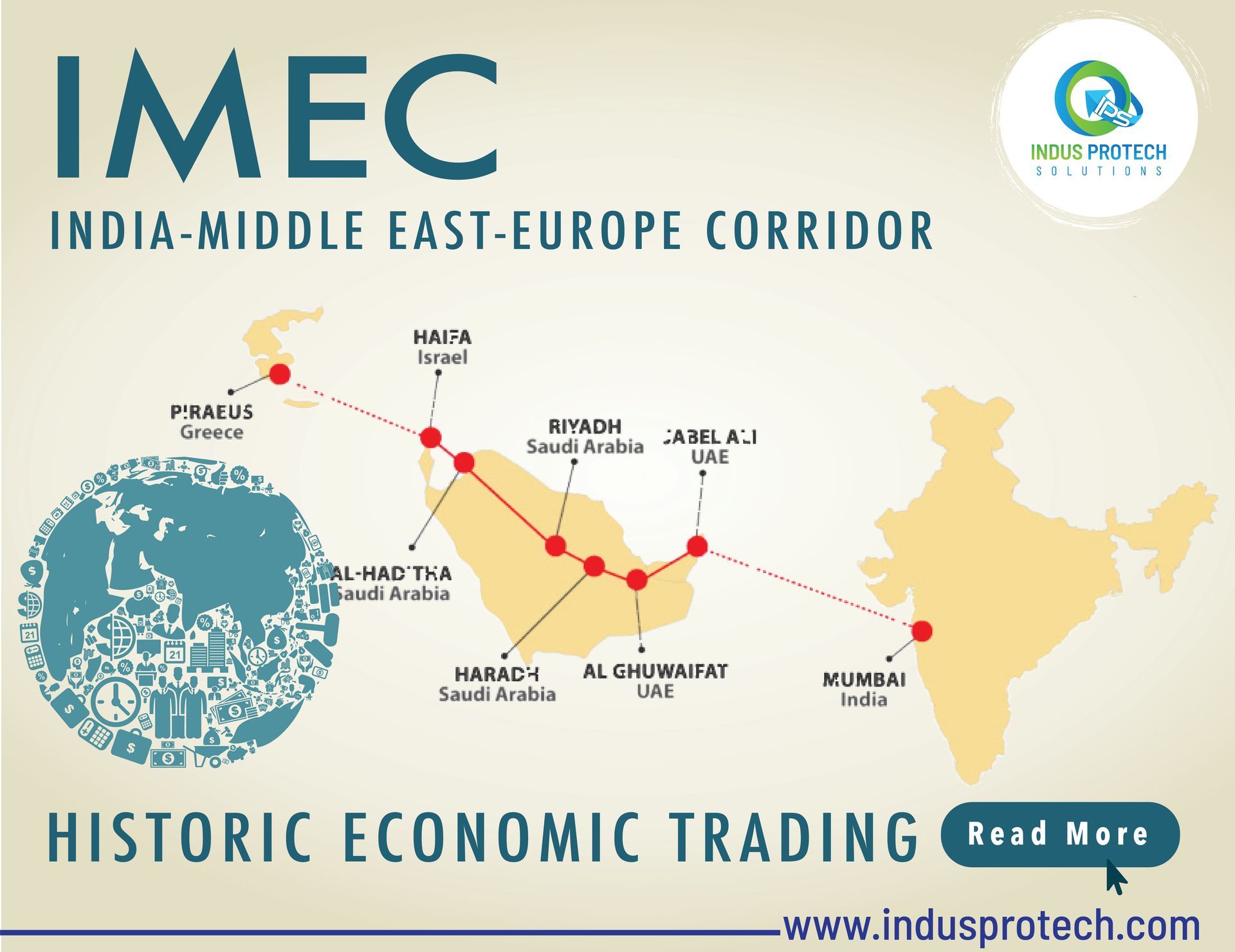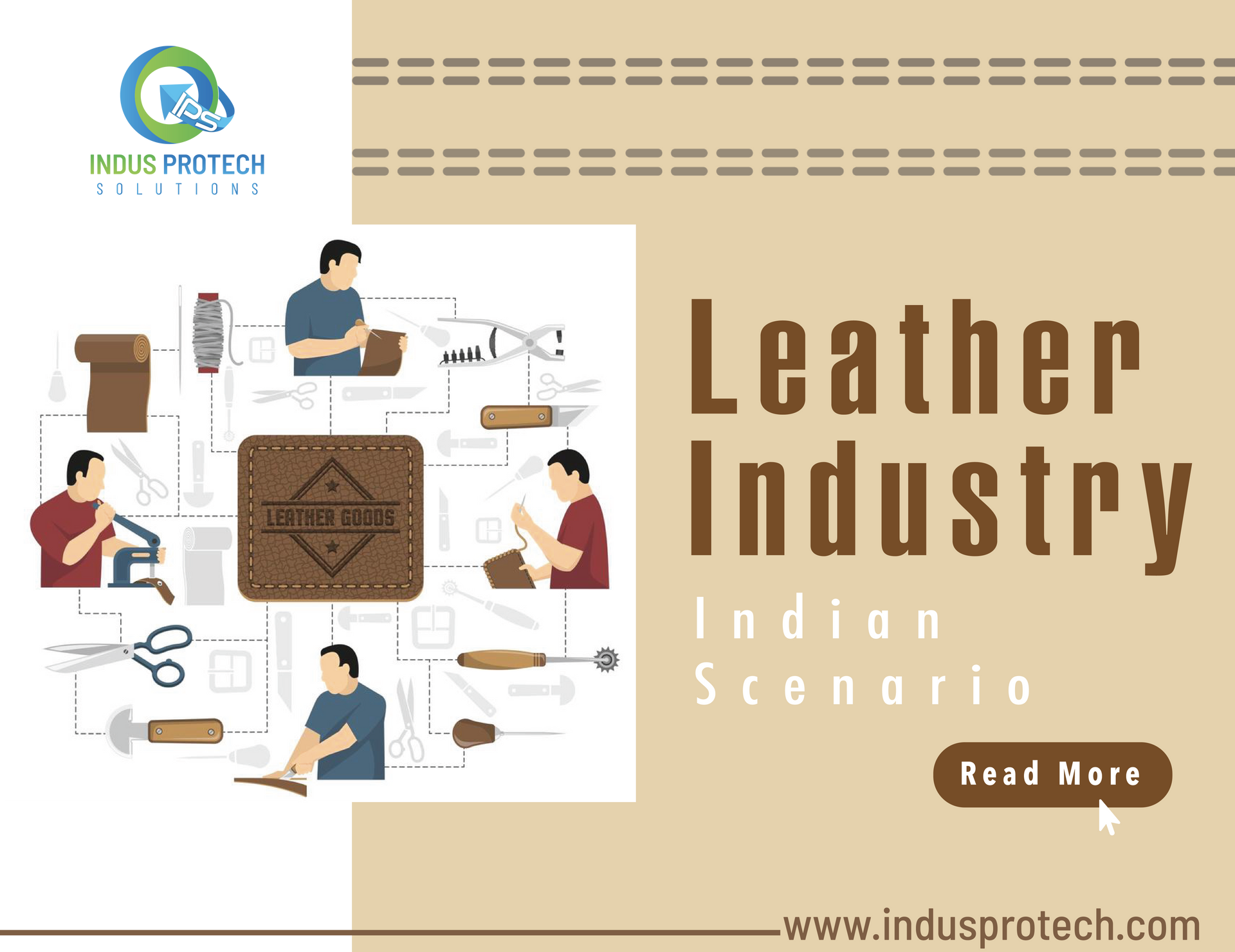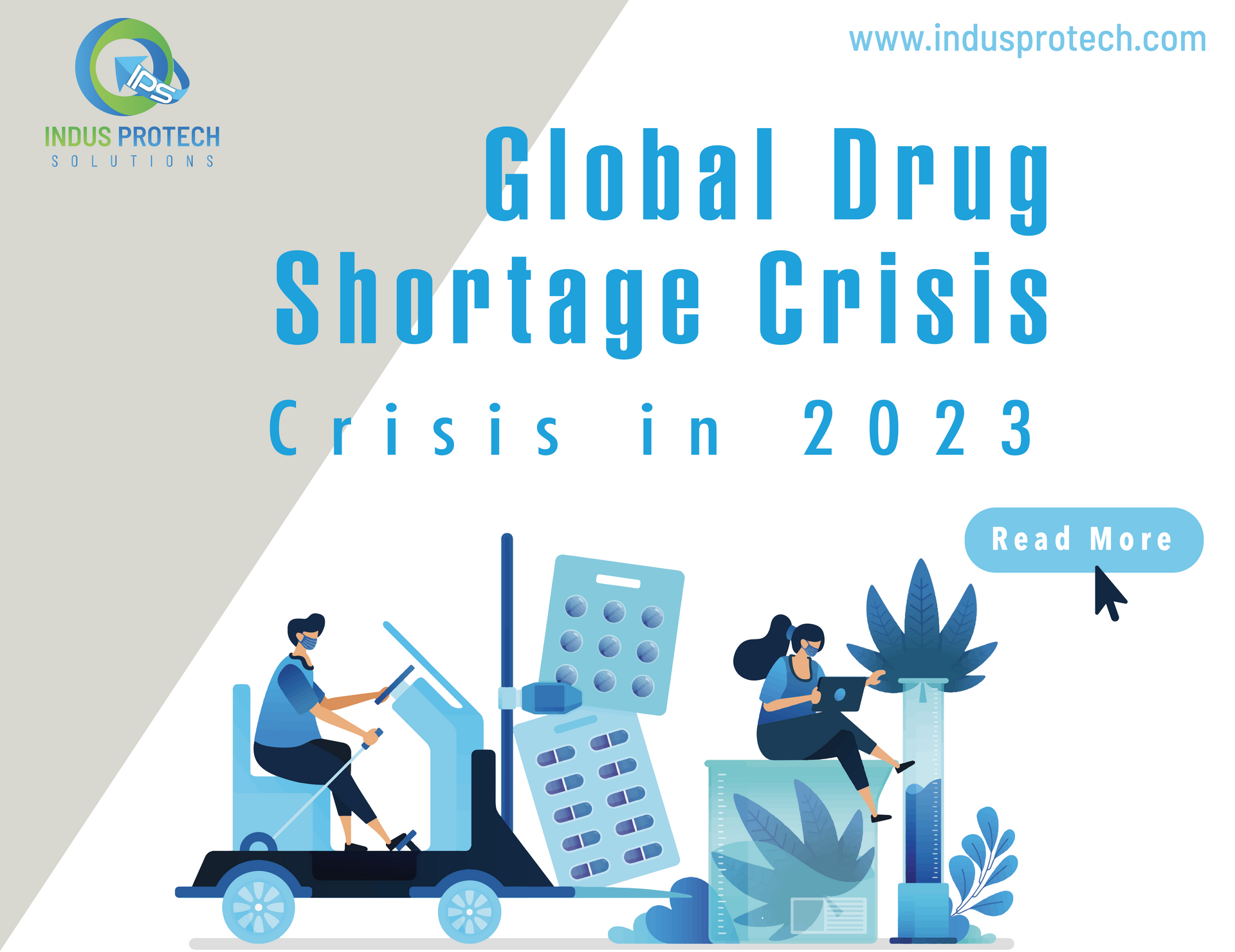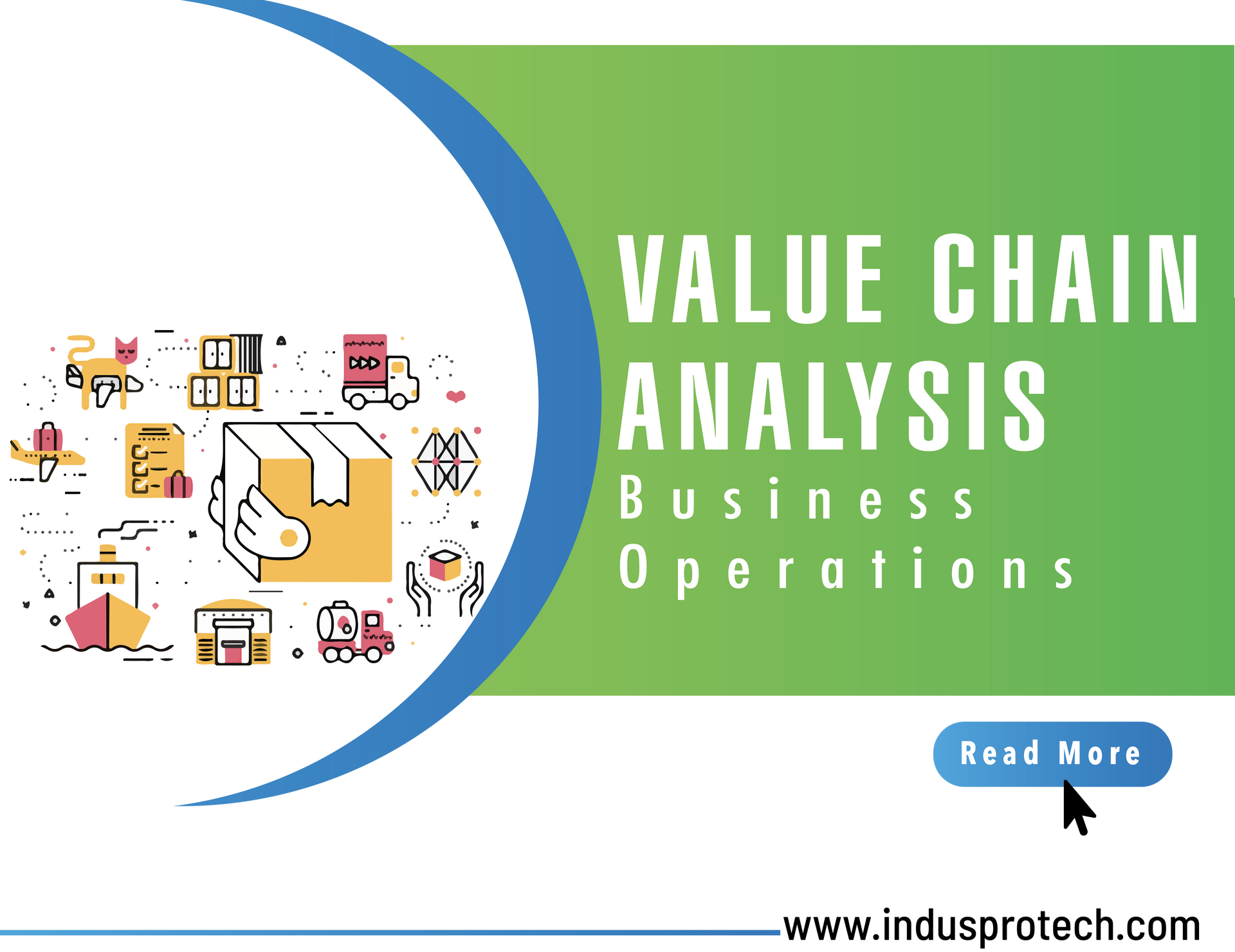The Importance of Evaluating Supply Chains
It is important to carefully consider and evaluate all steps of a supply chain to avoid problems that waste valuable resources. The beginning of the supply chain involving product conceptualization and flexible material sourcing is especially vital to ensure a smooth and efficient path down the supply chain later. A supply chain often starts with a material sourcing need, in which a product development or R&D team has come up with a concept for a new product and now needs to find the appropriate materials. Material sourcing can be a difficult and time-consuming task for R&D teams as it requires prospecting new suppliers, sampling materials, and extensive testing and validating until the right material is finally found. Any issues or concerns with the sourced materials must be addressed in the initial phase of the supply chain. Otherwise, those issues could easily escalate into larger problems that may jeopardize the entire supply chain and project.


